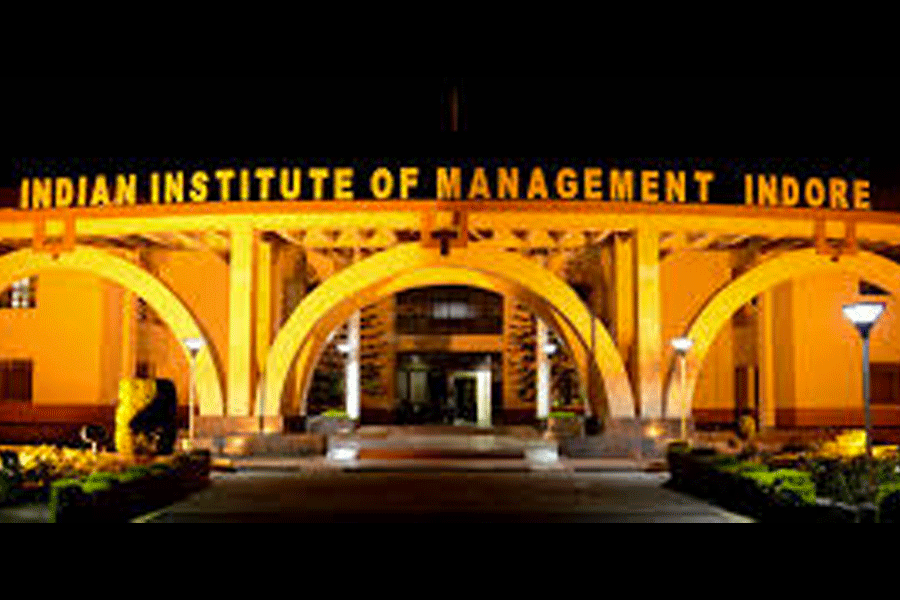Addressing the legal fraternity during the inauguration of the two wings of the annexe building at the Bombay High Court’s Aurangabad bench, the Chief Justice of India, N.V. Ramana, said that judicial infrastructure was “plagued” by “deeper structural problems”. Using statistics and “hard facts”, he elaborated on the appalling working conditions of the Indian judiciary.
This is not the first time that the issue is being discussed publicly. In 1988, the 127th Law Commission Report on resource allocation for judicial infrastructure noted that “economic planning which ignores legal formulations occasionally meets its Waterloo”. The sentiment was shared by various CJIs, including Justices S.H. Kapadia, Altamas Kabir and T.S. Thakur. The situation has, disappointingly, remained unchanged. However, Ramana’s address seemingly nudged the Union law minister to convene a meeting with law ministers of states and Union territories to discuss the “[a]ugmentation of judicial infrastructure”.
The judiciary and the executive ought to view the challenge through the dual lens of financing and infrastructural reforms. The allocation of India’s judiciary budget is merely 0.08% of the GDP, with all states (except Delhi) spending less than 1% of their budgets. This allocation decreased further in the Union budget of 2020-21. The consequence is borne by the subordinate courts. The subordinate judiciary’s infrastructural budget is shared between the Union and state governments through a Centrally Sponsored Scheme (Nyaya Vikas) in a 60:40 ratio (except for northeastern states and UTs). However, the potential of this positive step has been constrained by bureaucratic quagmire. The 2021 guidelines for the CSS that prioritize the construction of court halls and residential complexes, preventing states from allocating funds for other, relevant infrastructural needs, is one example. A possible solution lies in Niti Aayog’s Guidelines for Flexi-Funds, allowing states to utilize CSS funds in a flexible manner up to a certain percentage for specific needs. The Centre and the states must provide more funds for the judiciary; states must also use the ‘Flexi-Fund’ for impactful spending.
There is a paradox though. Even though funding is low, a large portion of the funds remain unutilized. Perhaps this is the reason why Ramana proposed a National Judicial Infrastructure Corporation to better use these funds. But a plan as ambitious as the NJIC must encompass a public proposal so that legal practitioners, judges and members of the civil society can provide their inputs.
As pointed out in a Daksh report, the International Framework for Court Excellence recommends “eleven key measures across all court activity that reflects [sic] a high-level fair representation of a court’s overall performance”. These measures — they can guide the NJIC — include court-user satisfaction, access fees, case clearance rate, on-time case processing, pre-trial custody, court file integrity, case backlog, trial date certainty, court engagement, court order compliance, and cost per case. The NJIC can also enhance the independence of the judiciary and of the tribunals from executive control. It should ideally include funding and support for tribunals. Being quasi-judicial bodies, they rely on their respective ministries for infrastructural support. This may lead to a conflict of interest as the government is the largest litigant in India. Instead of relying on states or the Centre, the judiciary can have direct access to funds under the framework of the NJIC. This will ensure that the executive cannot undermine “prompt administration of justice” through budget allocation.
Some overhauls have either occurred or are in the works. The pandemic was the impetus for the e-court system. The Interoperable Criminal Justice System will reduce administrative delays among State organs. But this paradigm shift rests on adequate funding and its effective utilization. The apex court has identified access to justice as a fundamental right. An efficient, accessible justice-delivery mechanism is necessary to crystallize the constitutional vision of a just society. The NJIC can play a pivotal role in this regard.
Sharan Bhavnani is an advocate at the Delhi High Court. Dhruv Jadhav is an advocate at the Bombay High Court











